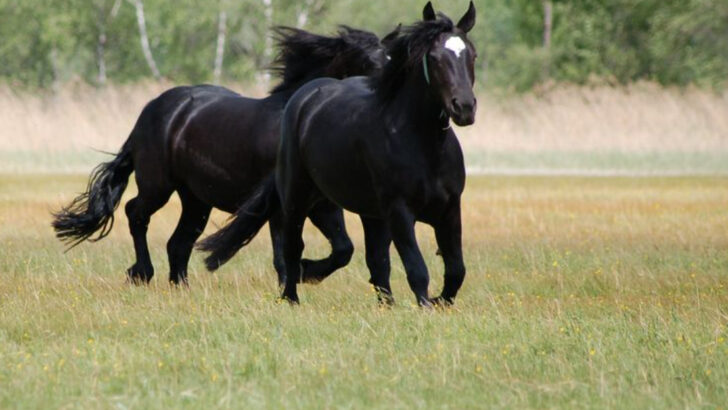Most people can name a few common horse breeds—like the Arabian or the Clydesdale—but the horse world runs much deeper than that. Tucked away in remote regions and quiet corners of the globe are rare breeds that few have ever heard of, let alone seen. Some were shaped by rugged mountains, others by icy winds or ancient traditions. These horses carry centuries of history in their blood and stories in their stride.
They may not show up in parades or movies, but they’re every bit as remarkable as their famous cousins. Once you learn about them, you might wonder how they’ve stayed hidden for so long.
Akhal-Teke

The Akhal-Teke is often known as the “Golden Horse,” thanks to its metallic sheen coat that glimmers in the sunlight. This breed, native to Turkmenistan, is one of the oldest and most beautiful horse breeds in the world. Their slender bodies and long necks make them unmistakably elegant.
With a history dating back 3,000 years, the Akhal-Teke was a prized possession of ancient nomadic tribes. These horses are renowned for their endurance, able to travel long distances in harsh conditions. A symbol of pride and national identity, the Akhal-Teke captivates with its beauty and legacy.
Marwari

The Marwari horse, with its distinctive inward-curving ears, is a symbol of nobility and grace in India. Originating from the Marwar region of Rajasthan, this breed is known for its resilience and bravery, often seen in cavalry units.
With a rich history interwoven with Indian royalty, the Marwari is celebrated for its ability to perform complex war maneuvers. The breed’s unique appearance and spirited nature make it a favorite in traditional Indian festivals and ceremonies, where they are adorned with colorful regalia.
Its rarity and exotic charm captivate both locals and travelers alike.
Fjord Horse

The Fjord horse, with its compact and muscular build, hails from the rugged terrains of Norway. Known for its distinctive two-toned mane, the Fjord horse has a striking dorsal stripe running from its forelock to its tail, a true emblem of its Viking heritage.
This breed is not just visually captivating but also incredibly versatile. Used historically for farming, the Fjord horse’s strength and gentle demeanor make it an excellent companion for both work and leisure activities. Today, they are cherished for their calm temperament and adaptability, thriving in various equestrian disciplines.
Caspian Horse
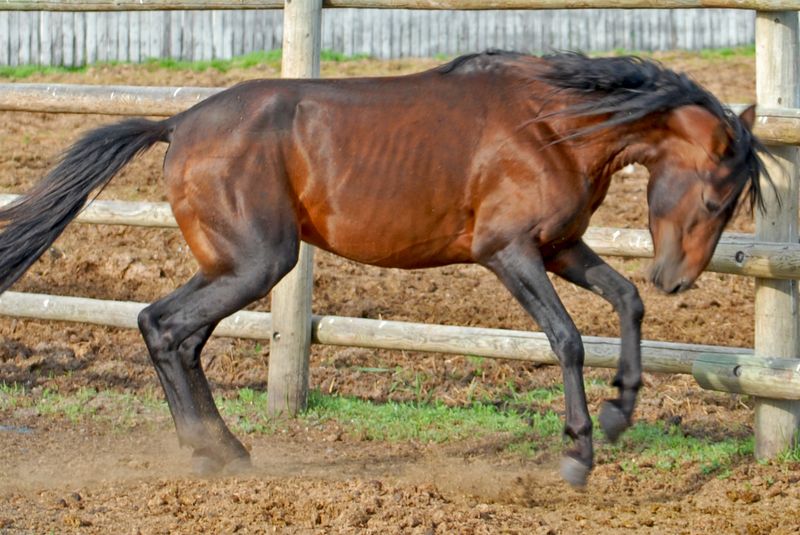
Standing not much taller than a pony, the Caspian horse is a breed that might surprise you with its strength and agility. Discovered in the northern regions of Iran, this horse has a lineage that dates back to ancient Persia.
Despite its small stature, the Caspian horse is known for its speed and endurance, qualities that have made it a favorite among horse enthusiasts. Their graceful movements and refined features hint at their royal ancestry.
Today, these horses continue to be celebrated for their versatility and spirited nature, a testament to their enduring legacy.
Suffolk Punch

The Suffolk Punch, a horse of solid build and strength, is England’s oldest native breed. Known for their chestnut coats and gentle disposition, these horses have been indispensable in agriculture, particularly in plowing the English countryside.
With origins dating back to the 16th century, the Suffolk Punch is famed for its unwavering work ethic and dependability. Their broad chests and muscular bodies are perfectly suited for heavy farm work, while their calm demeanor makes them easy to handle.
Though less common today, their contributions to farming history remain significant.
Cleveland Bay
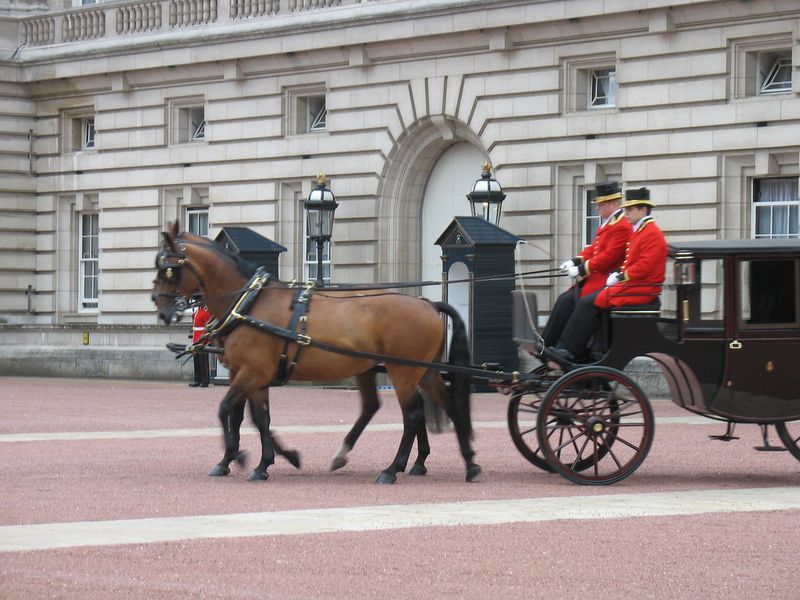
The Cleveland Bay is a breed that embodies elegance and strength, with its striking bay coat and black legs. Originating from the Cleveland district of England, these horses were initially bred for carriage driving.
As the oldest established horse breed in England, the Cleveland Bay has a storied past intertwined with British nobility. Known for their power and grace, they have been used in various equestrian pursuits, from farm work to ceremonial occasions.
Though their numbers have dwindled, efforts to preserve this noble breed continue, honoring their significant place in equine history.
Knabstrupper
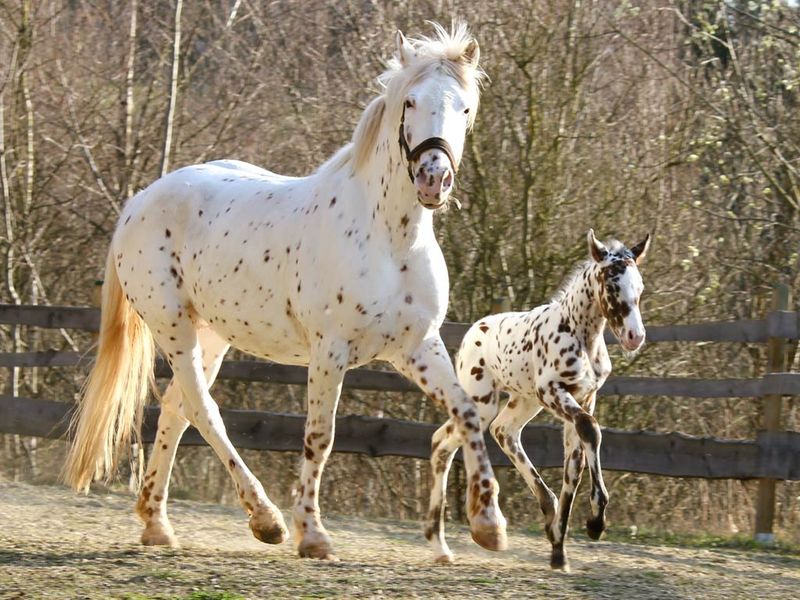
Distinctive for their leopard-like spots, the Knabstrupper is undoubtedly one of the most eye-catching horse breeds. Originating from Denmark, this breed’s history dates back to the early 19th century.
Known for their striking appearance, Knabstruppers are versatile horses used in various disciplines, from dressage to driving. Their unique coat patterns not only capture attention but also contribute to their growing popularity worldwide.
These horses are celebrated for their calm temperament and intelligence, making them appealing to both professional riders and casual equestrians alike.
American Cream Draft
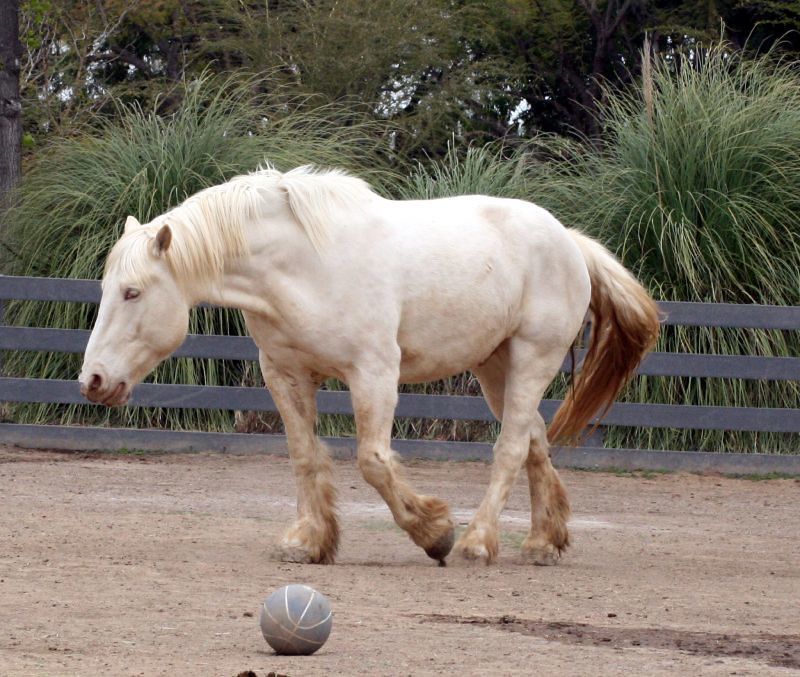
The American Cream Draft, with its distinctive creamy coat and gentle amber eyes, is a strikingly beautiful horse. As the only draft horse breed developed in the United States, they hold a unique place in American history.
Originating in Iowa in the early 20th century, these horses were bred for their strength and gentle nature. Their striking appearance and docile temperament make them a favorite for both farm work and parades.
Despite their rarity, the breed continues to capture the hearts of horse lovers and farmers alike, a testament to their enduring appeal.
Irish Draught
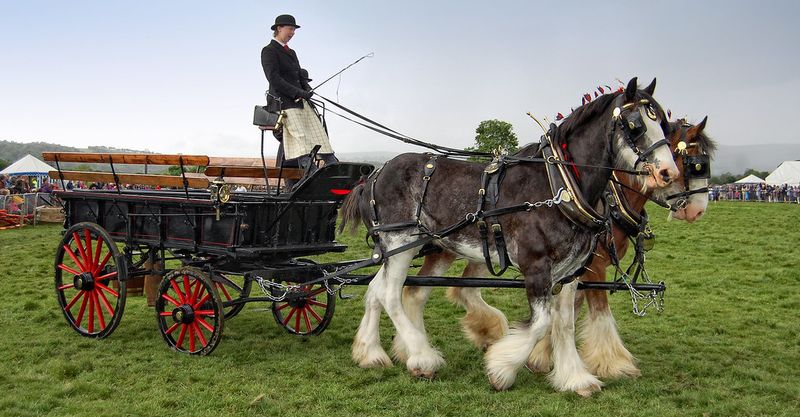
The Irish Draught, known for its strength and versatility, has deep roots in the emerald landscapes of Ireland. Originally bred for farm work, this breed’s robust build and gentle nature make it a favorite for both work and leisure.
The breed’s adaptability has made it popular in equestrian sports, particularly in show jumping and eventing, where its power and agility shine. With its classic good looks and friendly disposition, the Irish Draught has endeared itself to horse enthusiasts worldwide.
Efforts to preserve this cherished breed ensure its legacy continues for generations.
Bashkir Curly

The Bashkir Curly is a breed truly set apart by its unique coat, which curls in winter and sheds in summer. Originating from the harsh climates of Russia, this horse is known for its adaptability and resilience.
Their hypoallergenic coats make them an appealing choice for those with allergies, while their friendly and intelligent nature endears them to riders. With a history rooted in survival and versatility, the Bashkir Curly is as functional as it is fascinating.
These horses bring both beauty and practicality to the equestrian world, captivating all who encounter them.
Gypsy Vanner
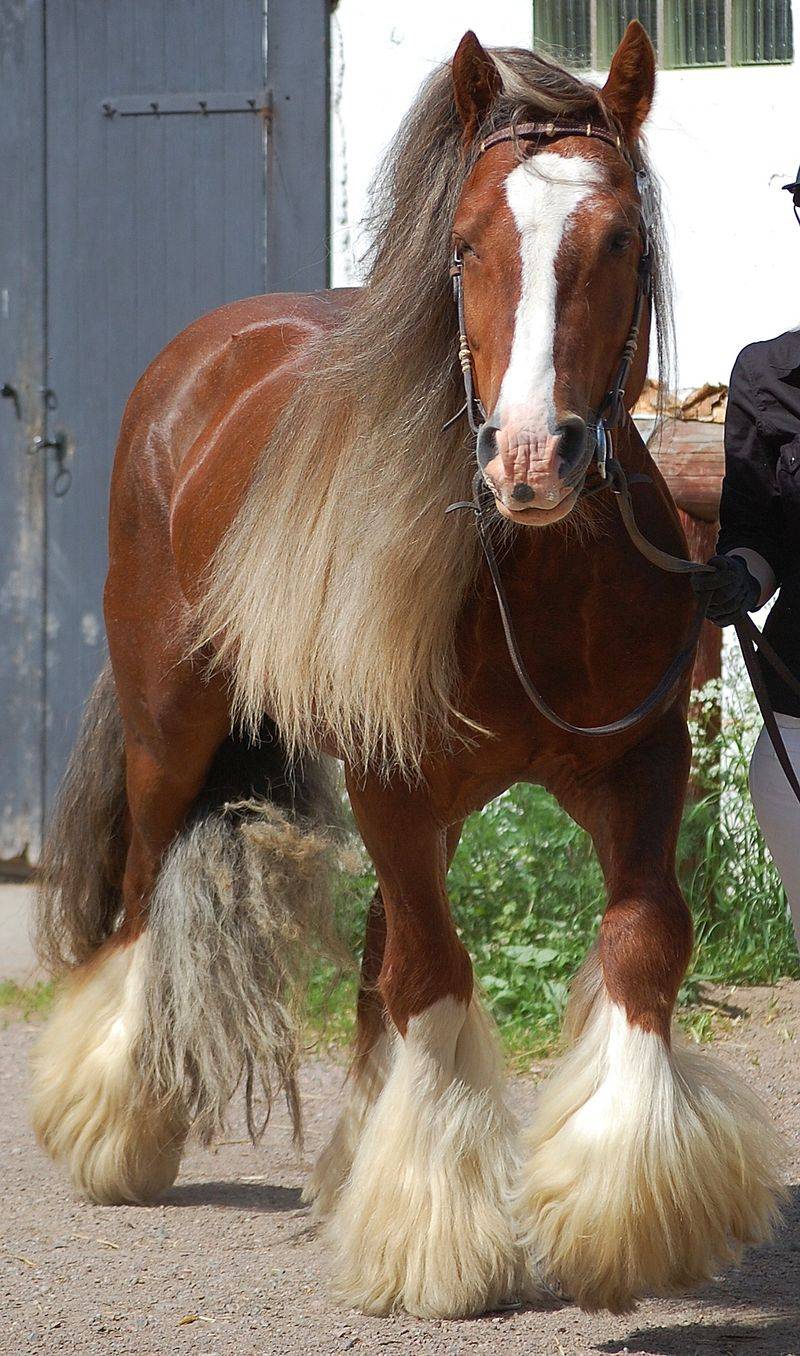
The Gypsy Vanner is a breed of vibrant colors and flowing manes, known for its feathered legs and striking presence. Developed by the Romani people, these horses were bred to pull caravans across the British Isles.
With their friendly and willing nature, Gypsy Vanners have become popular in various equestrian activities, from shows to therapy work. Their distinctive appearance and gentle disposition make them beloved by riders young and old.
As symbols of freedom and adventure, these horses carry a charm that is both captivating and enduring.
Paso Fino
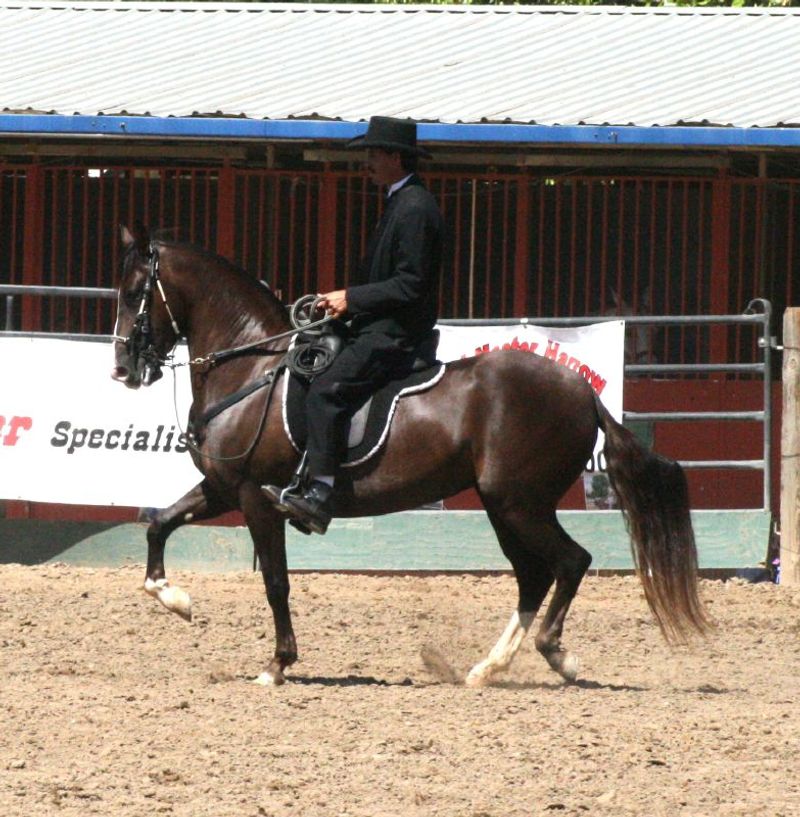
The Paso Fino, with its extraordinarily smooth gait, offers a ride unlike any other. Originating from the Caribbean, this breed’s name translates to “fine step,” a testament to its exceptional footfall pattern.
Bred by Spanish settlers, Paso Finos have a rich history intertwined with exploration and conquest. Their agility and endurance made them ideal for traversing new territories.
Today, these horses are celebrated for their elegance and unique movement, making them favorites in competitive and leisure riding. Their rhythmic gait and refined presence continue to win admirers around the globe.
Noriker
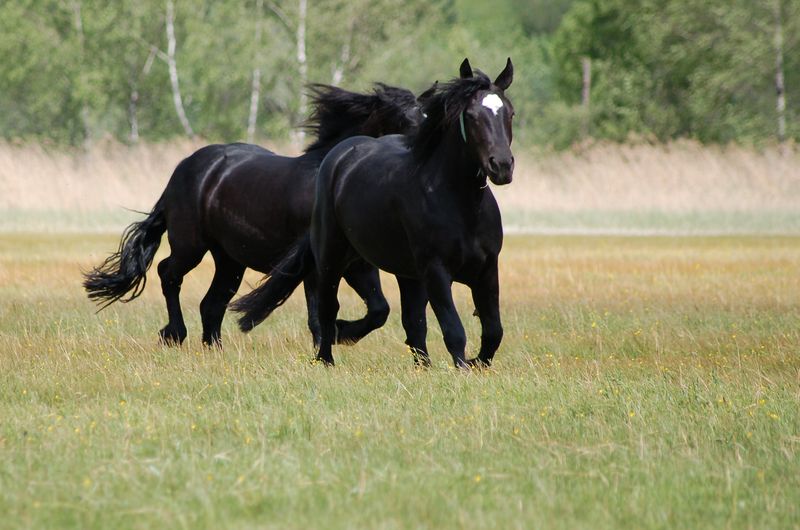
The Noriker, with its strong build and dappled coat, is a breed that hails from the Austrian Alps. Known for their strength and endurance, these horses were historically used in agriculture and forestry.
Their calm temperament and sure-footedness make them ideal for working in mountainous terrains. As a breed steeped in history, the Noriker is a living testament to the Austrian cultural heritage.
Efforts to preserve the Noriker ensure that this versatile and reliable horse continues to thrive in both traditional and modern roles, captivating all who work with them.
Mangalarga Marchador
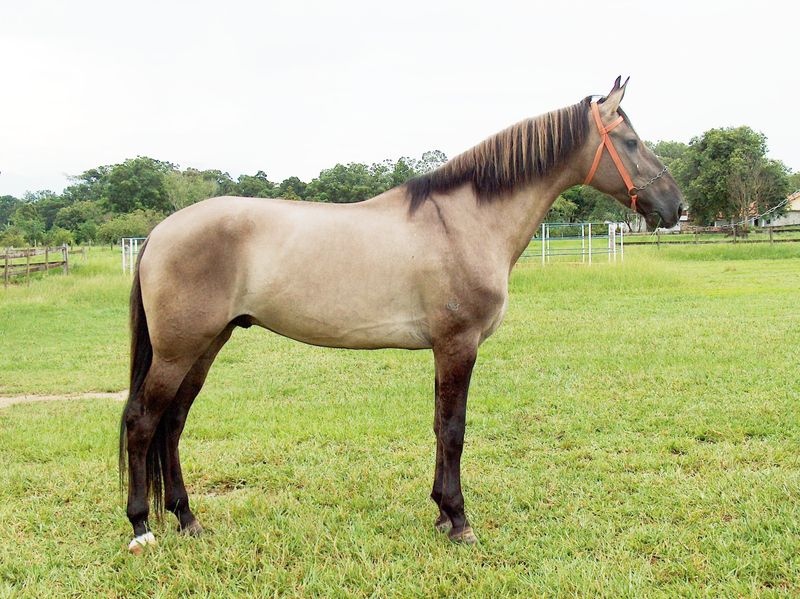
The Mangalarga Marchador, Brazil’s national horse, is celebrated for its smooth and comfortable gaits. With a sleek and elegant appearance, these horses are capable of covering long distances with ease.
Bred for endurance and versatility, the Marchador excels in both leisure riding and competitive disciplines. Their amiable nature and adaptability make them a favorite among riders in various equestrian activities.
As a symbol of Brazilian heritage, the Mangalarga Marchador embodies a legacy of grace and stamina, enchanting all who witness its remarkable capabilities.
Camargue Horse
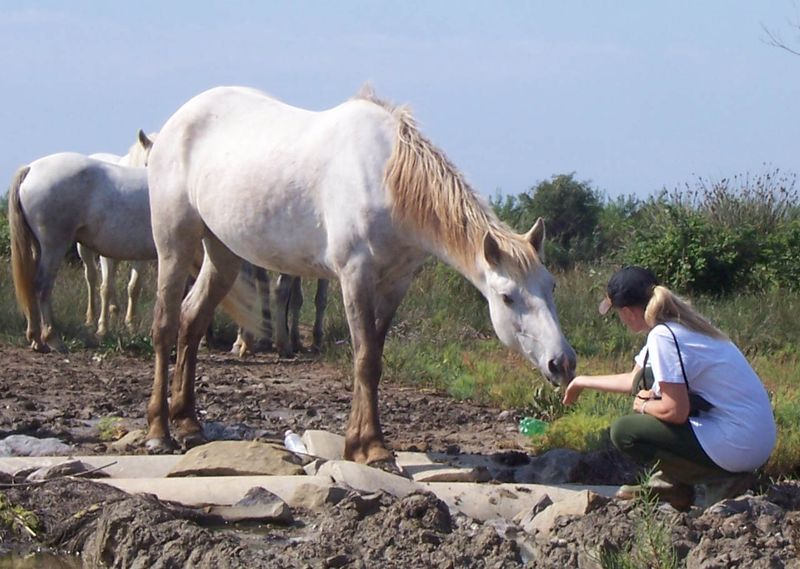
The Camargue horse, with its distinctive grey coat, is a native of the wetlands of Southern France. Renowned for their hardiness and agility, these horses have been an integral part of the region’s culture for centuries.
Their ability to navigate the marshy landscapes with ease has made the Camargue horse a vital part of local ranching and cattle work. Known for their spirited yet gentle nature, they are beloved by both riders and breeders.
The Camargue horse is a symbol of the wild beauty of southern France, capturing the hearts of those who encounter them.

